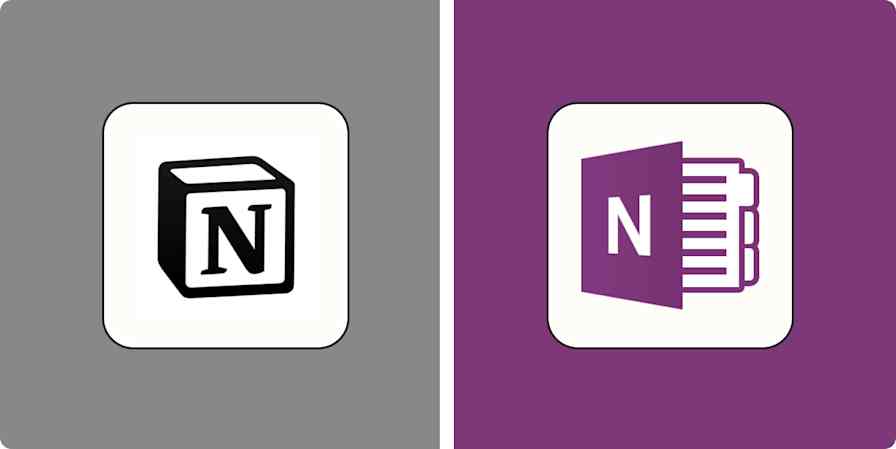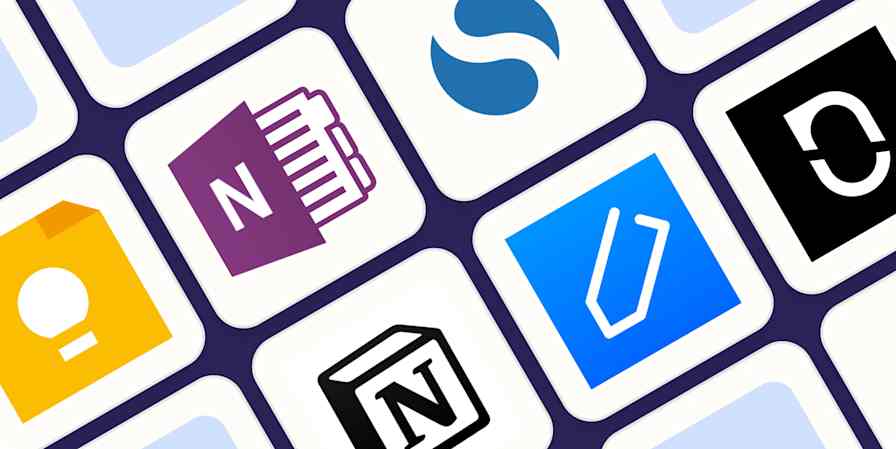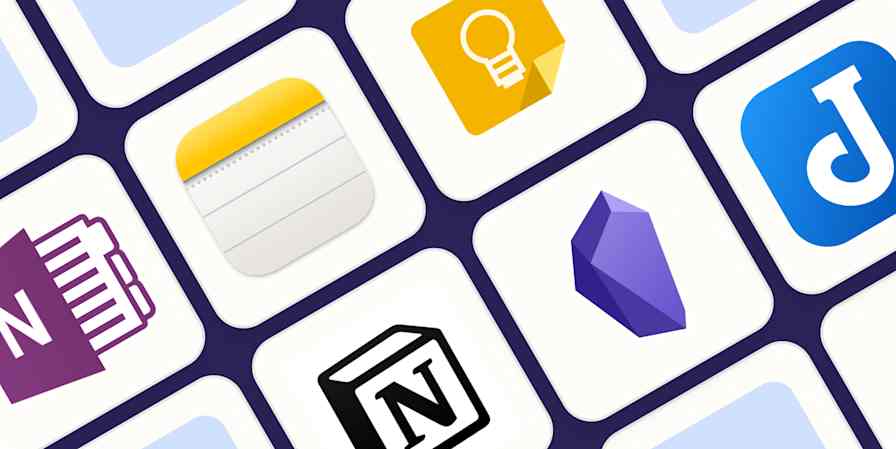App comparisons
10 min readEvernote vs. Google Keep: Which note-taking app should you use? [2025]
By Miguel Rebelo · November 18, 2024

Get productivity tips delivered straight to your inbox
We’ll email you 1-3 times per week—and never share your information.
mentioned apps
Related articles
Improve your productivity automatically. Use Zapier to get your apps working together.

![Evernote vs. OneNote: Which note-taking app is best? [2025]](https://images.ctfassets.net/lzny33ho1g45/evernote-vs-onenote-p-img/ea3fba692e2a32c307a47a333616779e/app_comparisons.jpg?w=1200&fm=jpg&q=31&fit=thumb)






